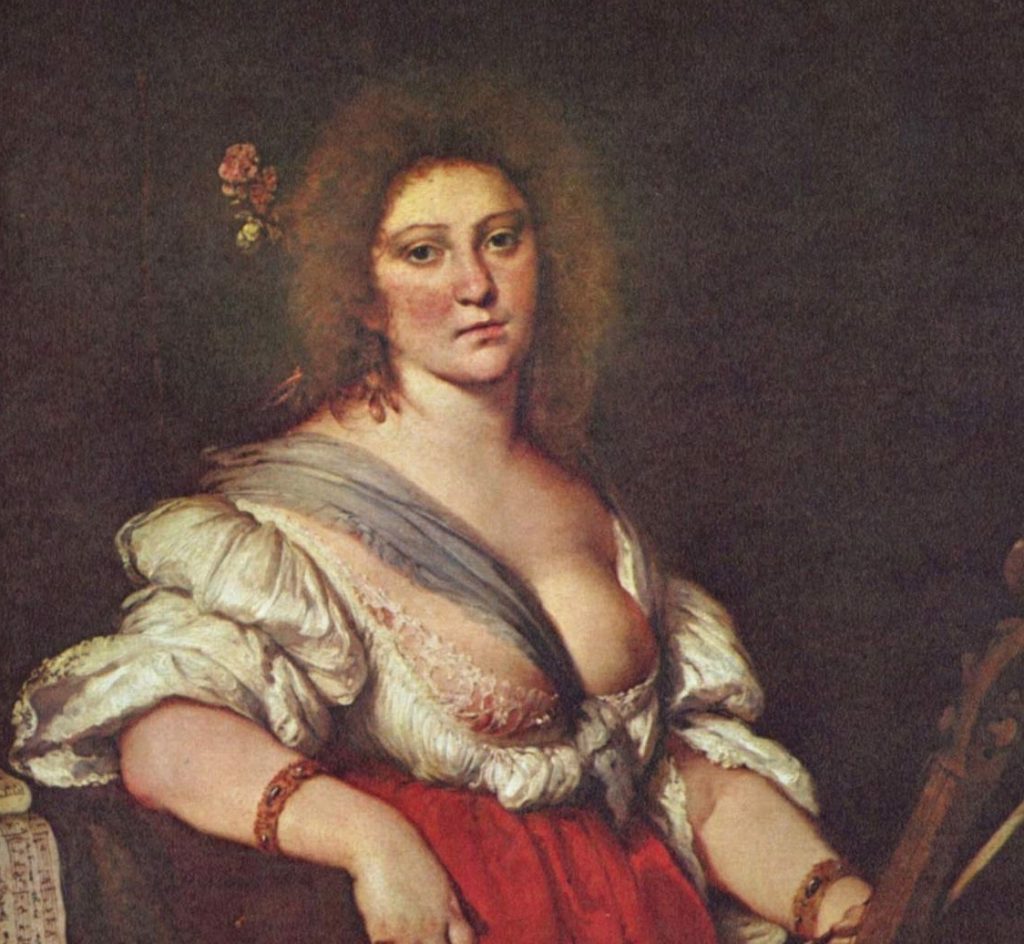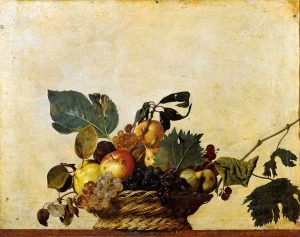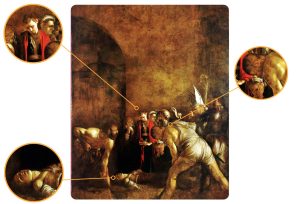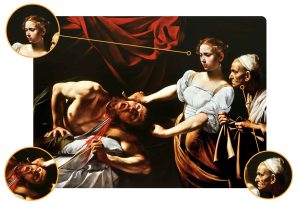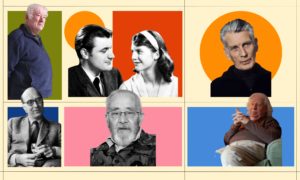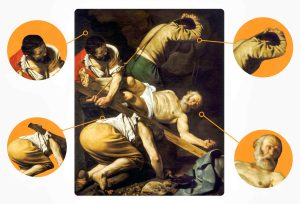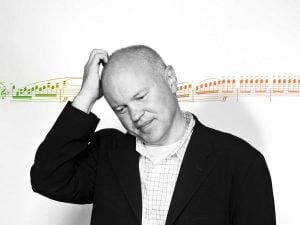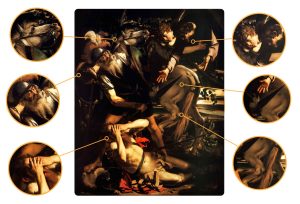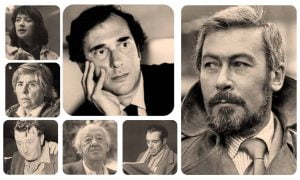The history of western classical music has traditionally been the province of male composers making music for the aristocracy. Rather than due to nonexistence, the absence of women in the standard music histories has been the result of the common practices of musicologists of the past. First of all, many musicologists focused more on the documents of music (manuscripts, prints and treatises) than on the sociology of music. Fewer documents of the music of women or of the lower classes have remained. Second, musicologists have focused on the development of musical styles and the progressive works that engendered new genres. Most women were excluded from professional musical positions, which at least partly led to them entering new styles “late”.
Class was an important factor in determining access to music
Class was an important factor in determining access to music, for women as well as for men. Noble or rich merchant and banking families could provide their children with private musical education, but becoming a professional musician was generally not a possible option for the upper classes. This meant that as adults, women and men of high status would continue performing music mainly within private social circles. Some women could, nevertheless, even become patrons of music. However, it was difficult for women to become professional musicians because girls born in classes from which male musicians came, could not get musical training unless they were born in musician families.
Of course many great male composers have also been forgotten in the writings of music history due to the disregard of music as a social phenomena. In this series, however, I want to focus on a few of the women who had an important and recognised role as composers in their historical and cultural contexts.
In the early centuries, women participated in singing at divine worship of the Christian church. As the church grew, the opposition grew towards womenʻs participation and the performance of church music became available mainly to trained male singers. Women continued to sing in convents and documents from the late Middle Ages portray nuns as active composers and performers. Among the most important medieval composers was Hildegard of Bingen, a mystic, abbess, author, teacher and composer.
Hildegard of Bingen
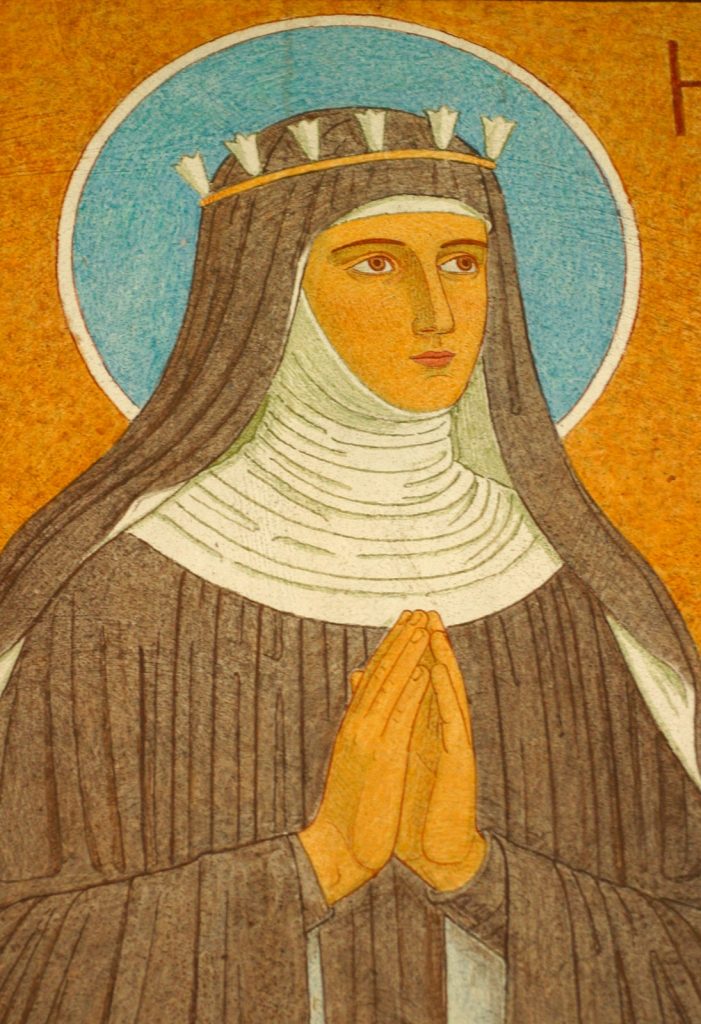
Regardless of her gender, Hildegard was an exceptional figure during her time. Her writings extend from theological works to medical and scientific treatises. She was in correspondence with many important contemporary figures. Pope Eugenius confirmed her visions at the synod of Trier in 1147-48 by reading excerpts of her work Scivias. As a composer Hildegard was prolific; only Peter Abelard composed more music in the 12th century.
Born to noble parents, Hildegard was placed in the Benedictine monastery of Disibodenberg at the age of eight and received a profound education in arts and monastic virtues. She became the head of the convent in 1136, but left it to found a new monastic community in Rupertsberg, followed by 18 of her nuns. In the new monastery, outside of the direct interference of the monks of Disibodenberg, she stayed as abbess until her death in 1179. The monastery was a favorable environment for Hildegardʻs artistic, theological and scientific creations. Further studies have suggested that many nuns, just like their male counterparts, wrote chant melodies to honour local saints and were active contributors to medieval music of their time.
In Rupertsberg Hildegard wrote her most significant musical works. Ordo Virtutum (c. 1141-51), a morality play consisting of 85 vocal Latin songs. It is perhaps her most notable work and a landmark in the history of liturgical drama as the earliest representative of its genre. Symphonia harmoniae caelestium revelationum (c. 1150-60), is a sacred collection of 77 vocal works (antiphons, responsories, sequences and hymns) written for both well-known saints like the Virgin Mary and saints of local or regional importance.
Hildegardʻs monophonic vocal music to Latin texts depict the traditional musical practice of her time. Her style in musical and poetic aspects is, however, novel and norm-breaking among her contemporaries. Her texts, written by Hildegard herself, were sacred, but not liturgical. Her melodies were groundbreaking in their flexibility to move smoothly over unusually wide ranges and melodic leaps. She had a unique ability to maintain unity, despite free use of melodic forms, and create an endless amount of variations of the standard melodic phrases within her compositions. It was characteristic in early medieval music to emphasise the meaning of the text through the melody, and Hildegard also believed that carefully chosen melodies delivered the message directly into oneʻs soul. Thus, her melodies were always grounded in the text, as praising God through songs was considered the essence of music.
Hildegardʻs hymn Ave Generosa is an unusual, even sensual, depiction of the Virgin Mary. It is an example of the composerʻs usage of free poetic and melodic format, imitating a speechlike flow of the text. The melody widely extends the commonly used vocal registers of contemporary singers. The soaring melody, with occasional leaps, creates an angelic and mystical impression. An animated movement in the middle of the phrases, and slowing down towards the end, rises to the heavens like an eager, yet humble and divine prayer.



